The United Kingdom has purchased three RC-135W Rivet Joint aircraft from the United States in a deal worth around £630 million. The aircraft will join 51 Squadron at RAF Waddington along with the RAF’s other ISTAR assets, like the Sentry and Sentinel.
The roots of the deal lie in Project Helix, launched in 2003, the aim was to study options for extending the service life of the Nimrod R1’s out into the next two decades. It wasn’t until 2008 that Rivet Joint was seriously considered. Helix became Project Airseeker, under which three KC-135 aircraft were converted to RC-135W standard. The first RC-135W (ZZ664) was delivered ahead of schedule to the RAF in November 2013.
The RC-135W signals intelligence aircraft is fitted with an on-board sensor suite that allows the aircraft to detect, identify and geolocate signals throughout the electromagnetic spectrum. The information can then be distributed in a variety of formats to a wide range of platforms through Rivet Joint’s extensive communications suite.
British crews had already achieved more than 32,000 flying hours and 1,800 sorties as part of the USAF’s 55th Reconnaissance Wing, in preparation for the RAF operating the type.
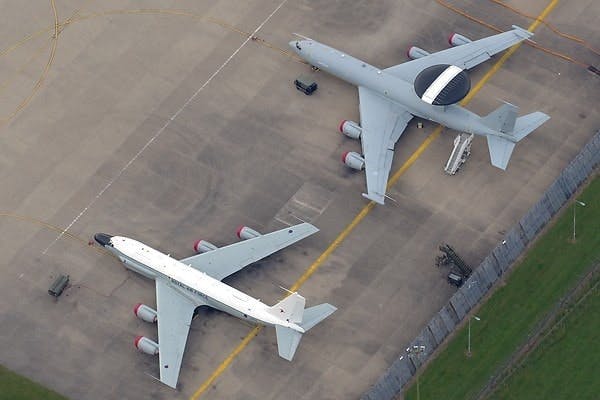
A programme of continual upgrades has kept the American RC-135 fleet modern and three British aircraft will continue to benefit from the upgrade programme. British Rivet Joints will operate as part of a joint pool with the USAF and as a result, will be upgraded and maintained to the same standard as the American aircraft.
The MoD has also provided details of the crew level required to operate the aircraft.
“The exact number depends on the nature of the task, but a typical mission sortie would have around 25 crew members on board, with approximately 35 for full training missions.”
It was revealed last year that the RAF had deployed Rivet Joint to provide intelligence and analysis of the situation in Northern Iraq. Defence Secretary Michael Fallon confirmed the deployment:
“I can confirm we have deployed Rivet Joint, our very latest surveillance aircraft, the successor to Nimrod, to give us a much better picture, more intelligence and analysis of what is happening on the ground which will help the Iraqi government, the Kurdish forces and the Americans.”
The information and intelligence generated by Rivet Joint was forwarded on to the Iraqi government, Kurdish fighters and US forces in the region to assist in combating Islamic State.
Personally, I have no doubt that this aircraft is an immensely valuable asset to British and coalition forces and will continue to prove itself.


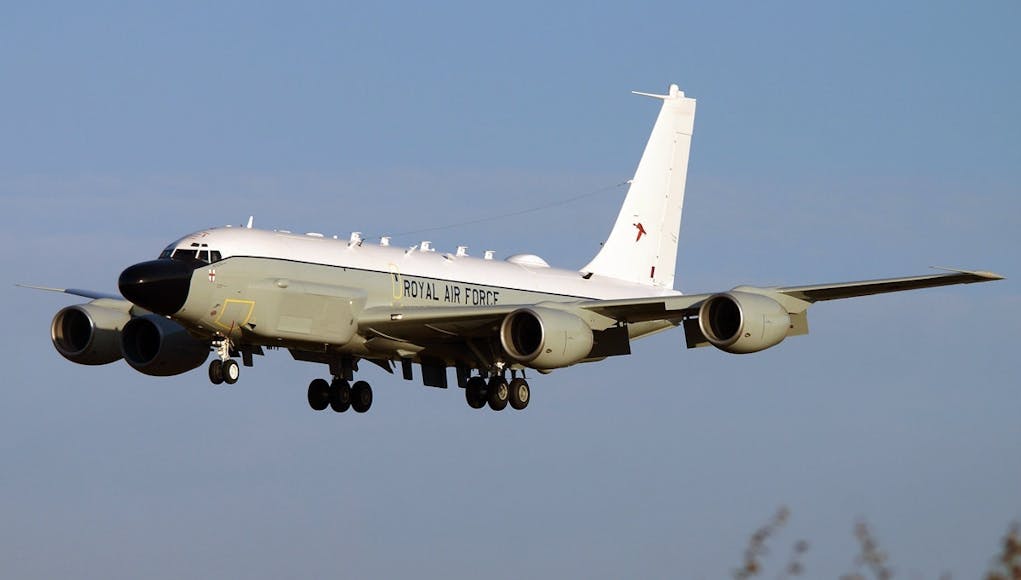

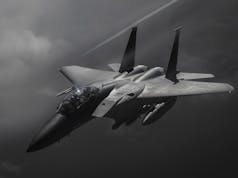

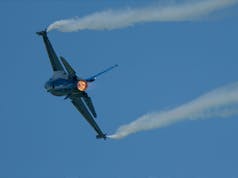
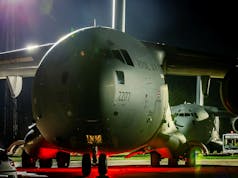
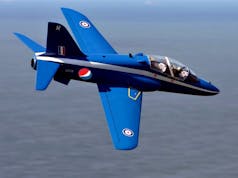
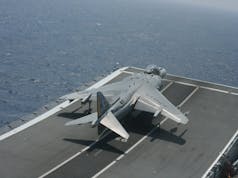










It has nothing on what the MRA4 Nimrod would have had!
Actually it has way, way more. The fact that the UK has access to tech and information that the US shares with none other, not to mention the specialist equipment and associated data-links and cooling required, goes far beyond the ISTAR capability crammed into the MRA4.
Very true. The “Rivet Joints” were classed along with the F-22/B-2 and Ohio-class SSBN as technology that the US didn’t share with anyone. These planes in the SIGNIT world are equivalent to what the F-22 is to fighters. Decades ahead of the next closest competition.
A win for both sides. The UK gets a capability no one else on the planet has, with negligible development costs. The US essentially is able to expand its fleet and thus world coverage for essentially free.
Paul Wainwright